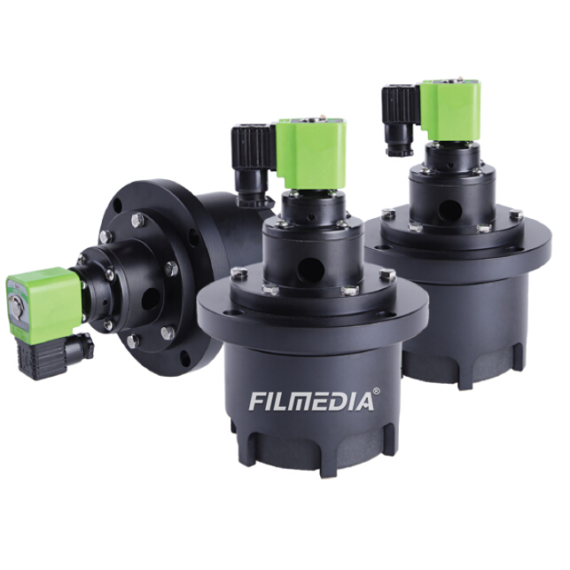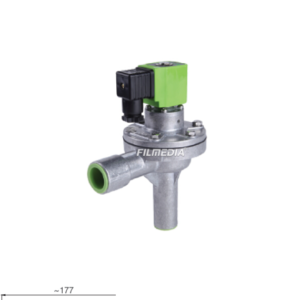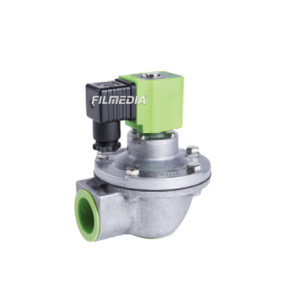Piston Valves
Piston valves are electromagnetic pulse valves too. Pistons are used as substitutes for rubber diaphragms in some special conditions.
Piston pulse valves with a compact structure are suitable for some special conditions such as high temperatures, strong acids and alkaline, rubber inexistence, etc.
Description
Type Definition

Technical Specification
| Operating Pressure | 0.2-0.4MPa | ||
| Degree of Protection | IP65 | ||
| Ambient Temperature | -10℃-50℃ | ||
| Air Source Medium | Those non-corrosive clean gases with adjustable pressure & temperature lower than 55℃, filtered air with particles smaller than 5um and after removal of oil and moisture. | ||
| Voltage | InrushVA | HoldingVA | Power consumption |
| DC24V | / | / | 21W |
| AC220V | 28.6 | 13.2 | 6.6W |
| AC110V | 28.6 | 13.2 | 6.6W |
Operational Requirements
| Only when used under permissible conditions can the diaphragm valves be safe and reliable and their performance guaranteed, otherwise users will be responsible for any damage and injuries caused as a result of not adhering to the service conditions. |
| Before installing the electromagnetic pulse valves, clean the piping systems(including the air tanks) and ensure no foreign matters such as rust and welding slag. |
| After continuous running, the surface temperature of the solenoids may reach up to 120℃. |
| Prevent the air source from freezing, otherwise the electromagnetic pulse valves will fail to run. |
| Make sure the power supply is disconnected when installing an electromagnetic pulse valve. |
| An AC solenoids used when there is no guide tube component or armature will be burnt. |
Electrical Connection
Solenoids connection should comply with electrical rules. Make sure the cable inlet is properly sealed and the “+” and “-” signs of the terminals are correctly marked; the part with a “〨” sign is the grounding pin. If there is no sign, the supply line maybe connected with any terminal.





